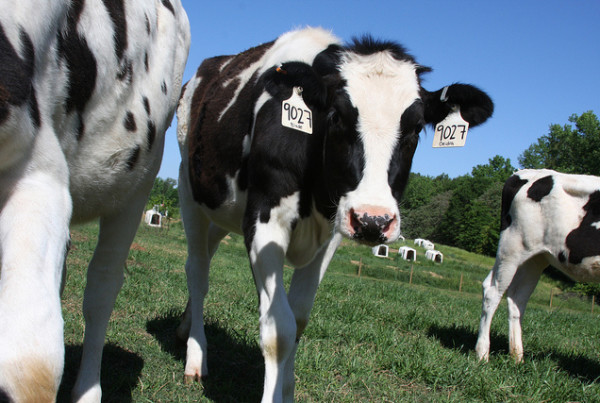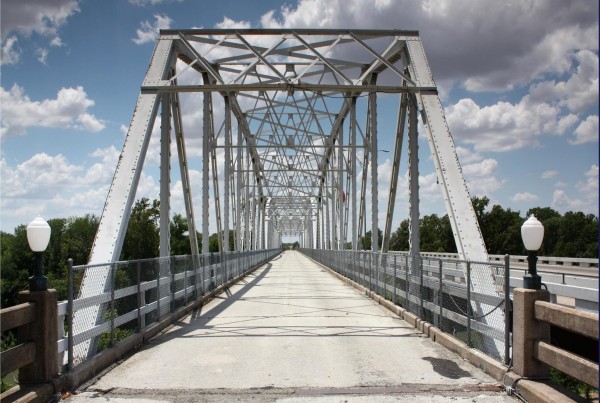The phrase “flash flood” became part of everyday use across Texas this spring. Storms caused death and destruction, but also brought about the official end of the second-worst drought in Texas history.
This morning, however, news came of a flash drought in parts of Texas.
Brian Fuchs, a climatologist with the National Drought Mitigation Center, explains what this weather phenomena means to the Standard.
Fuchs says the term ‘flash drought’ was coined by one of his colleagues in recent years, to separate the idea from the long dry spells most Texans associate with drought.
“It’s just a way of discussing and talking about a drought event that develops rapidly and intensifies rapidly. Typically when we think of drought, we think of something that is developing quite slowly, and we don’t see these rapid changes,” he says. “But this time of year we can see those conditions develop at a more rapid pace, and that is really what we have seen across parts of East Texas and over the south here for the past month.”
It is neither heat, nor a lack of rain that causes flash droughts, but the destructive combination of both, Fuchs says.
“If your temperatures are normal or even cooler than they should be, you typically are gonna notice that dryness. But, you’re not going to see the impact to especially plants during that time, [such as] seeing crops, pastures and peoples lawns and gardens start drying up,” he says. “But when you couple that with 100 degree temperatures day after day, and you have those extended stretches of no rain or very little rain… all of the sudden that heat and dryness kicks in, in a big way.”
And unlike other fast-paced emergencies such as flash floods, flash droughts don’t have a set escape plan, Fuchs says.
“When it comes to flash drought, your options are quite limited, depending on what sector you’re in. If you’re a rancher, maybe you start looking at how you’re rotating your herds. And if you’re trying to keep your lawn or garden alive, you go to putting supplemental water on it,” he says. “But even in those instances, there’s not a sure way to avoid the impacts.”















